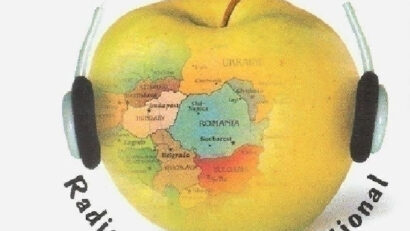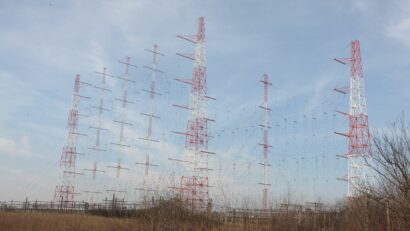
In the Romanian football championship, FCSB beat one of its top rivals, Rapid Bucharest, 2-1.

December 22, 1989 was the First Day of Freedom, and everything had to be rebuilt

Everything you need to know about Romania in less than 60 minutes
The last ruler of the Principality of Moldavia, Grigore Alexandru Ghyka, has finally returned home, 170 years after his death.

The headline-grabbing events of the past week in Romania

European leaders have decided to help Ukraine with a EUR 90 billion loan with interest covered from the EU budget, but failed to reach a decision on the use of frozen Russian assets in Europe

Representatives of Romania’s ruling coalition have decided to increase the gross minimum wage starting July 1, 2026

The Head of the Romanian state, Nicușor Dan, was received in London by King Charles III of the United Kingdom; he had previously gone to Helsinki to attend a summit of the EU states on the Eastern Flank
Currency Converter RON/EUR: Mon, 22 Dec.

The 2025 Sakharov Prize honours Andrzej Poczobut and Mzia Amaglobeli

The Bucharest National Opera House was the venue for the 24th Magna cum Laude-Reut Friendship Gala, an already traditional event, dedicated to excellence and friendship

Allied soldiers parade and salute on Romania's National Day

The latest from the Romanian labour market

A roundup of news on the Romanian labor market

From his journey in tourism to building inspirational media projects. Tune in for insights on creativity, cultural identity and the power of human connection.

Today, December 10, 2025, the French Institute and the French Embassy in Romania are organizing the official launch of the France Excellence Roumanie 2026–2027 scholarship program.

Her vision is to bridge cultures through art, elevate Romanian artists internationally and use exhibitions as platforms for dialogue on history, identity, and global solidarity.

Everything you need to know about Romania in less than 60 minutes

Everything you need to know about Romania in less than 60 minutes

Everything you need to know about Romania in less than 60 minutes

Inspired by real events, the robbery committed in 2012 by a group of Romanians at a Dutch museum, the film Traffic talks about the inequality of opportunities, exploitation, complexes and difficulties of adaptation that many migrants face.

"Journey through the Bucharest of yesterday" is the title of an album signed by historian Cezar-Petre Buiumaci, based on the author's personal collection of postcards

The EU's need to strengthen its own defense capacity is becoming increasingly clear.

Craiova is consolidating its position on the European tourist map through a complex strategy that turns the city into a veritable centre of international attraction during the winter

Like every year, Radio Romania International is again inviting listeners to choose their favourite person in 2025.

A special broadcast marking Radio Day

Radio Romania International celebrates Radio Day in Romania, on November 1, with a new podcast platform.

RRI broadcast frequencies valid as of October 26, 2025 to March 28, 2026:

We invite you to be part of “Listeners’ Day” on Radio Romania International on November 2

RRI broadcast frequencies valid as of March 30 to October 25, 2025:
